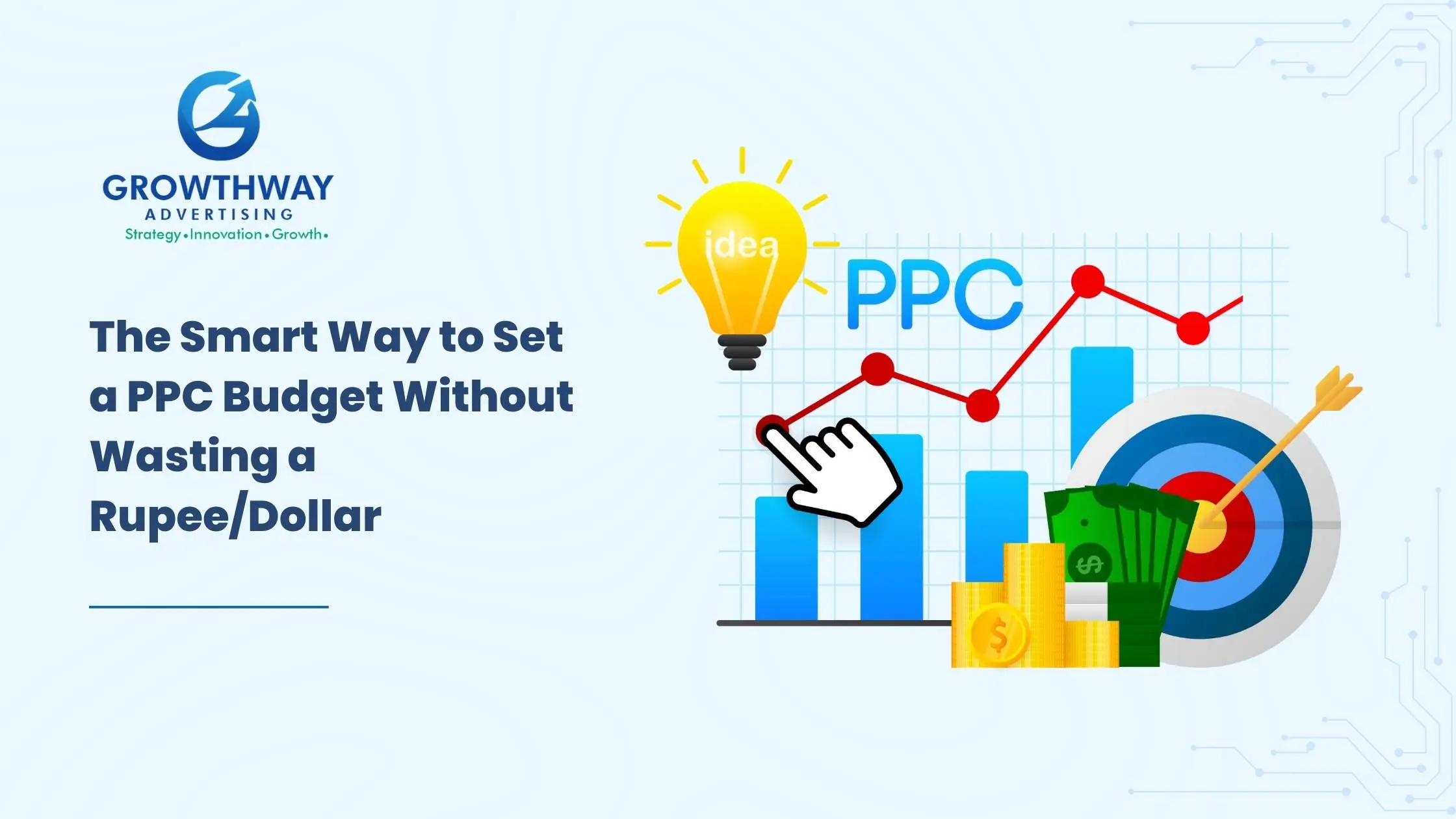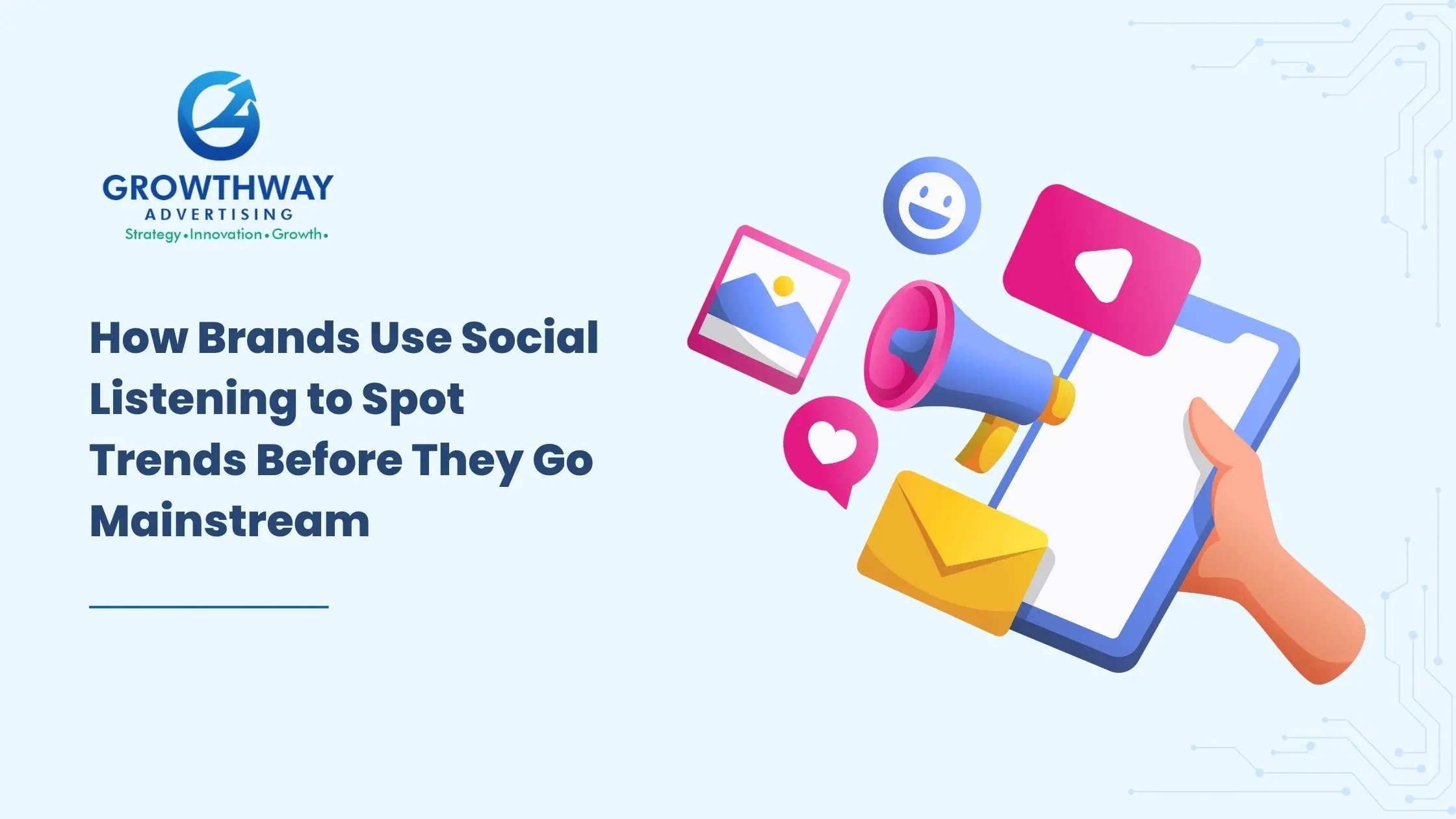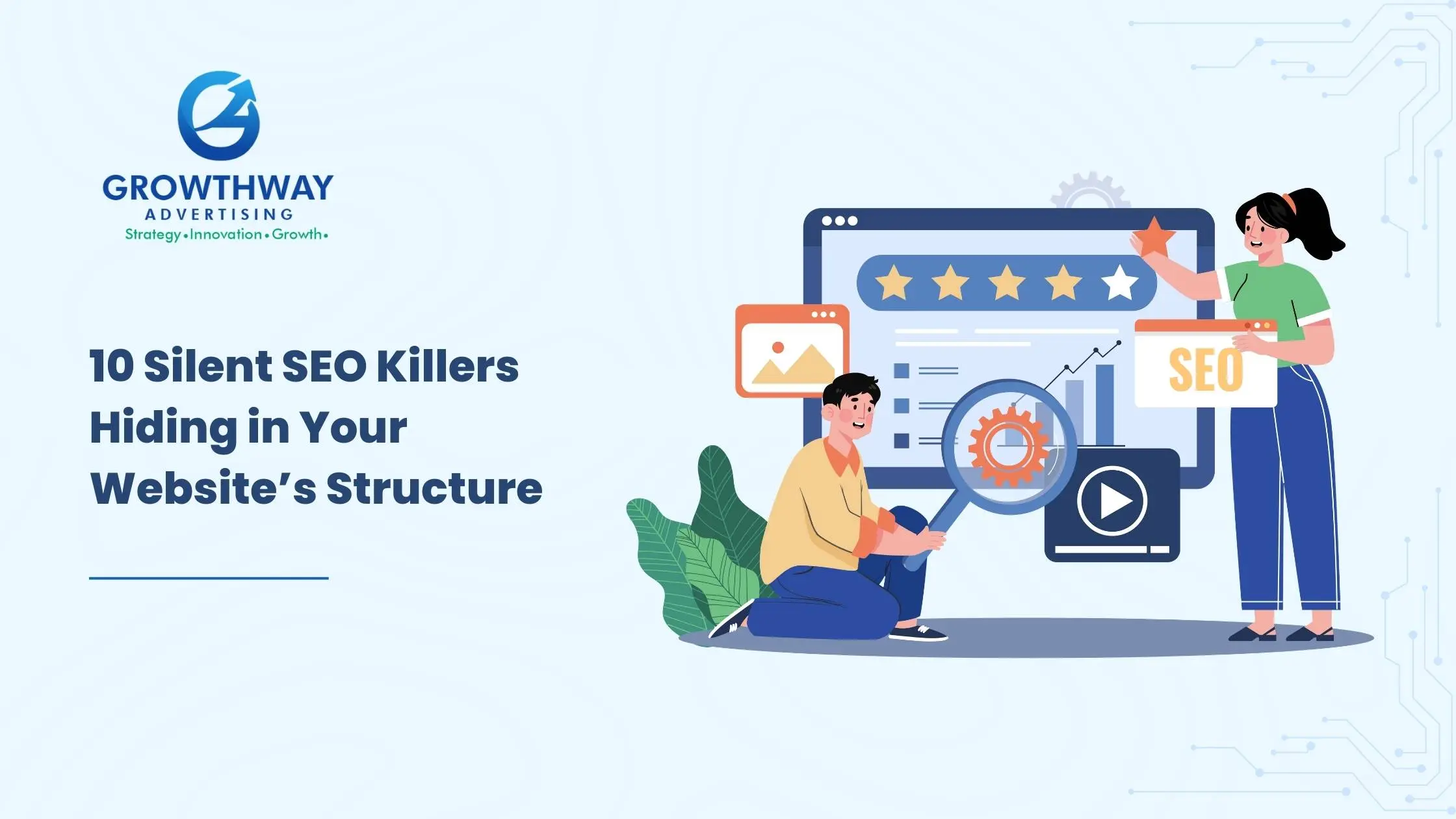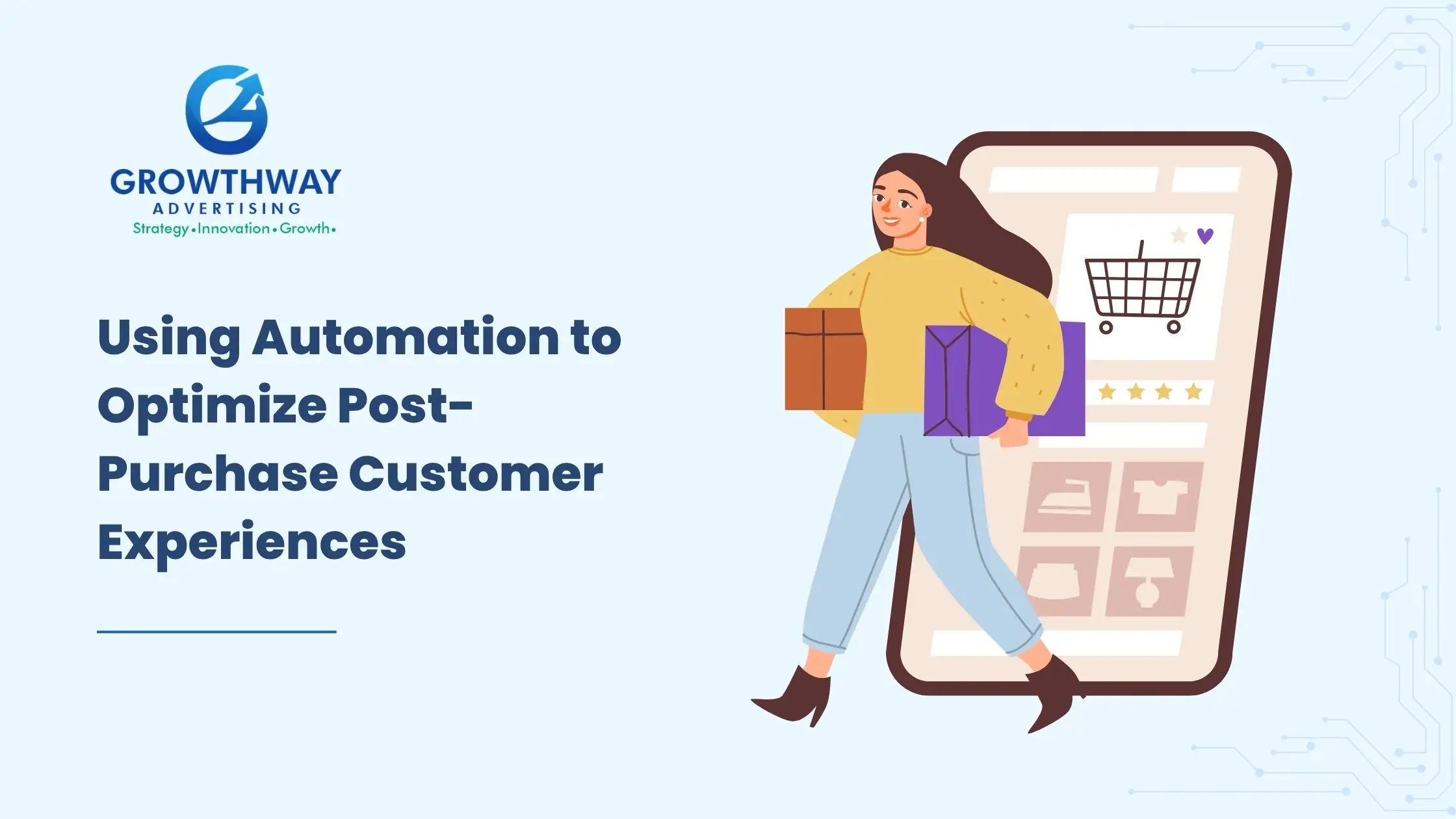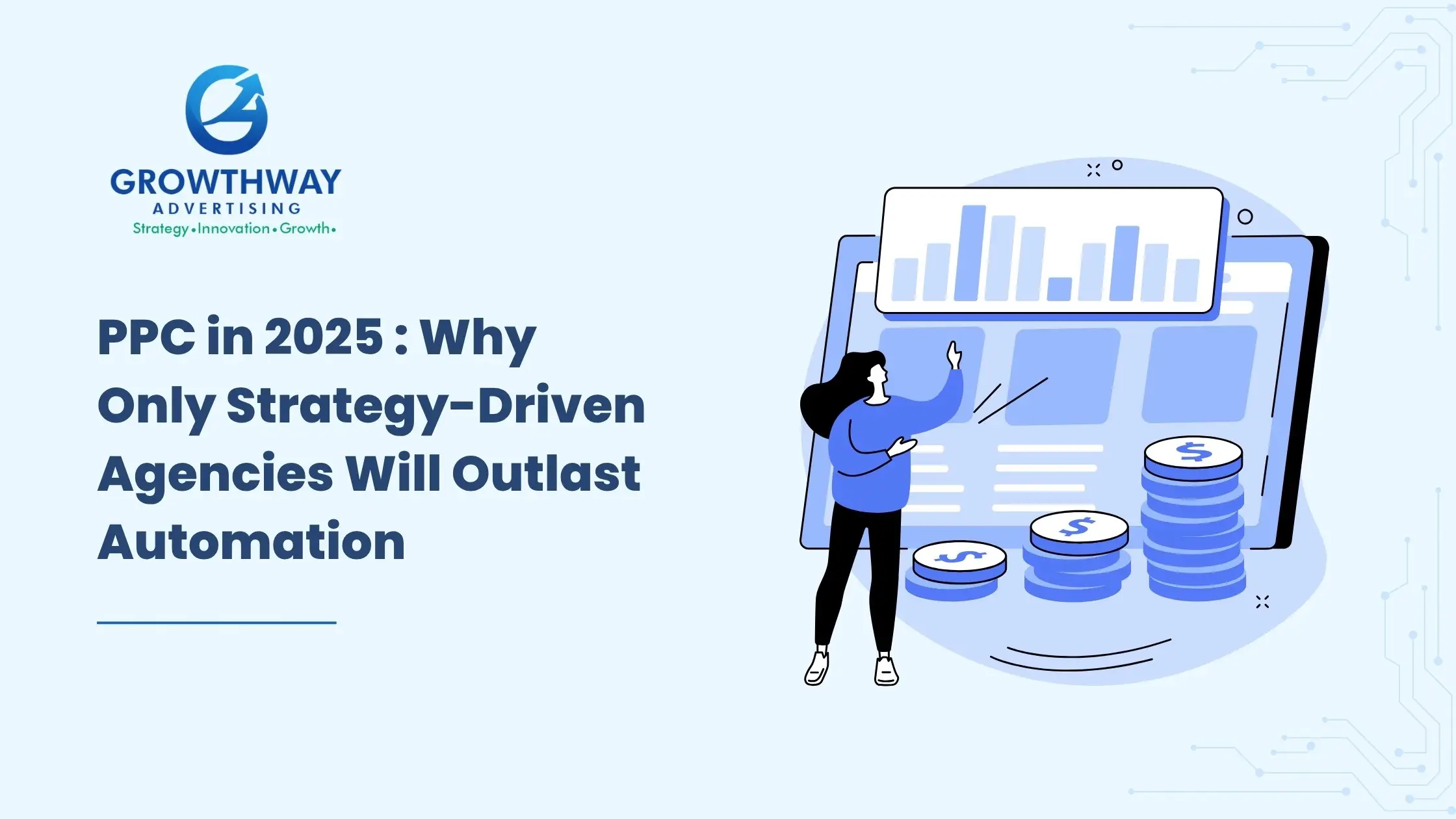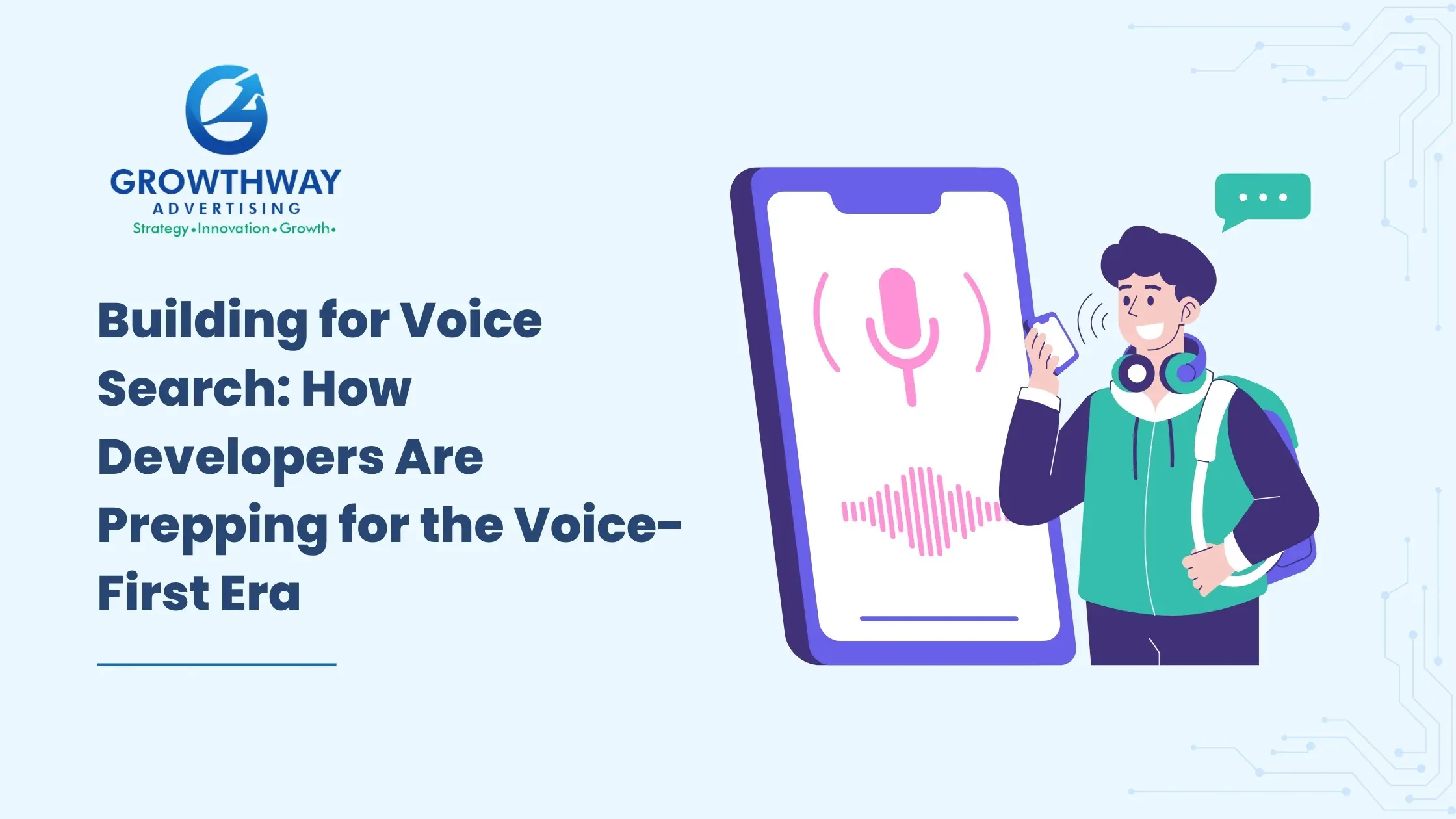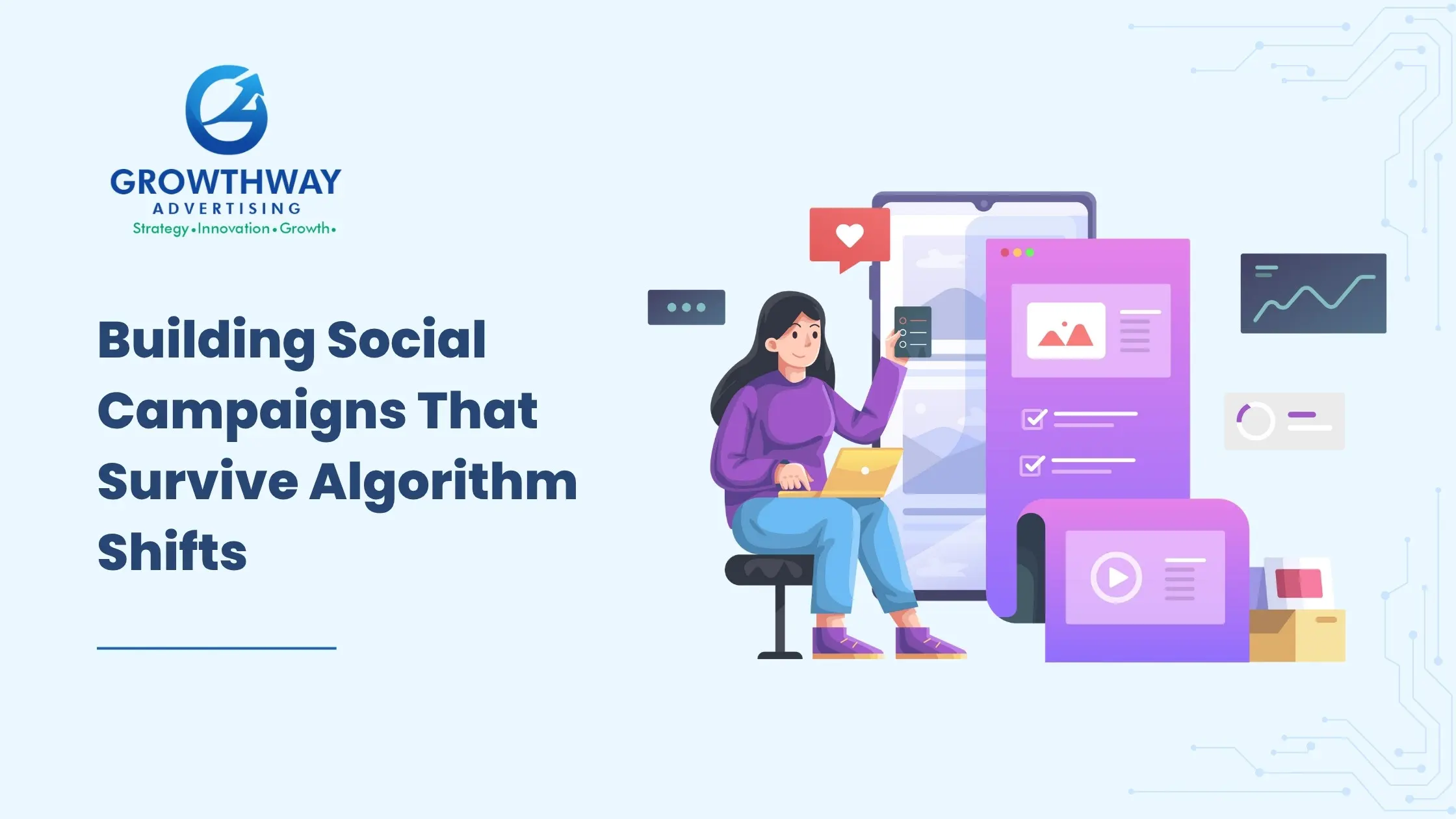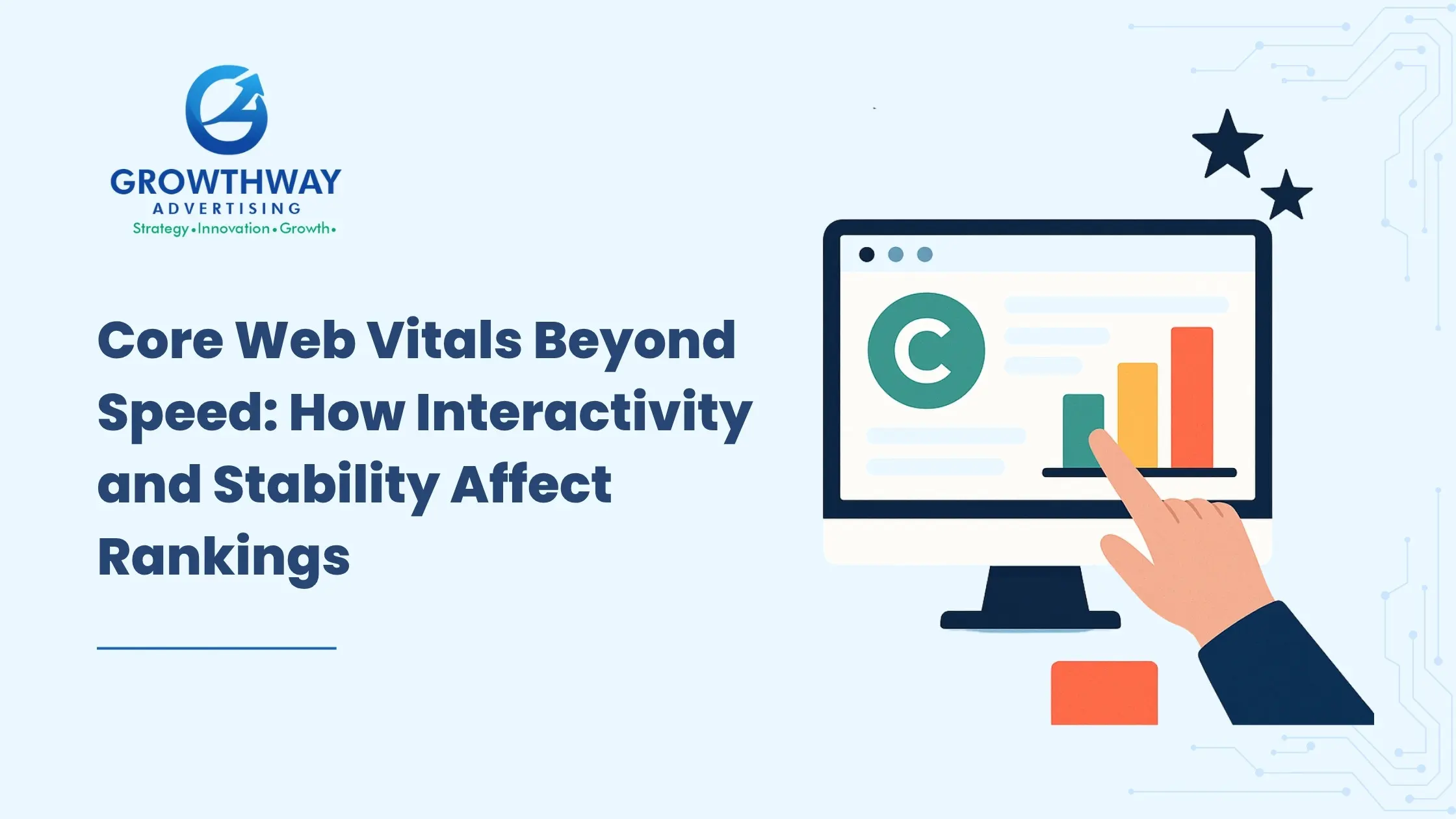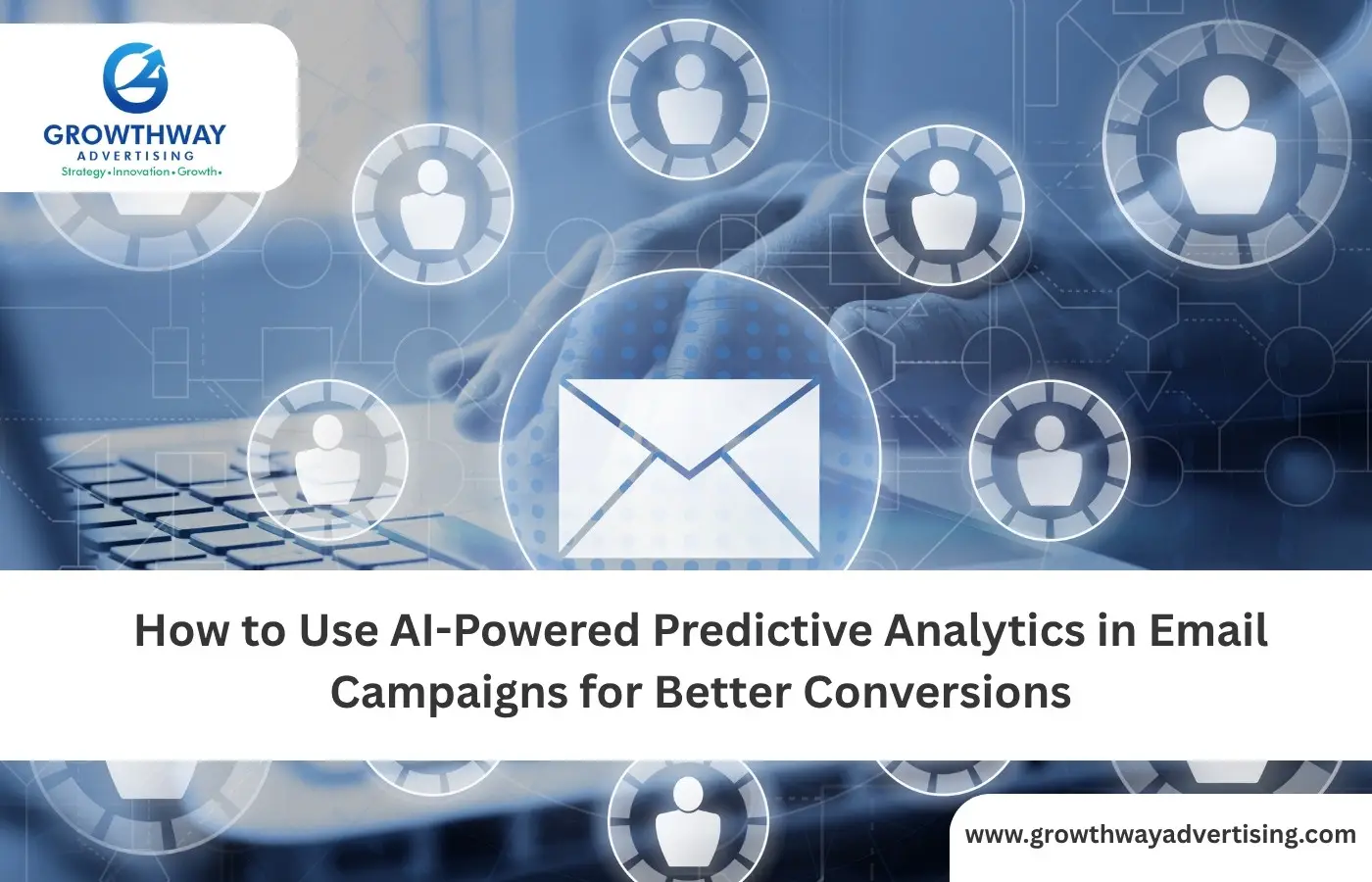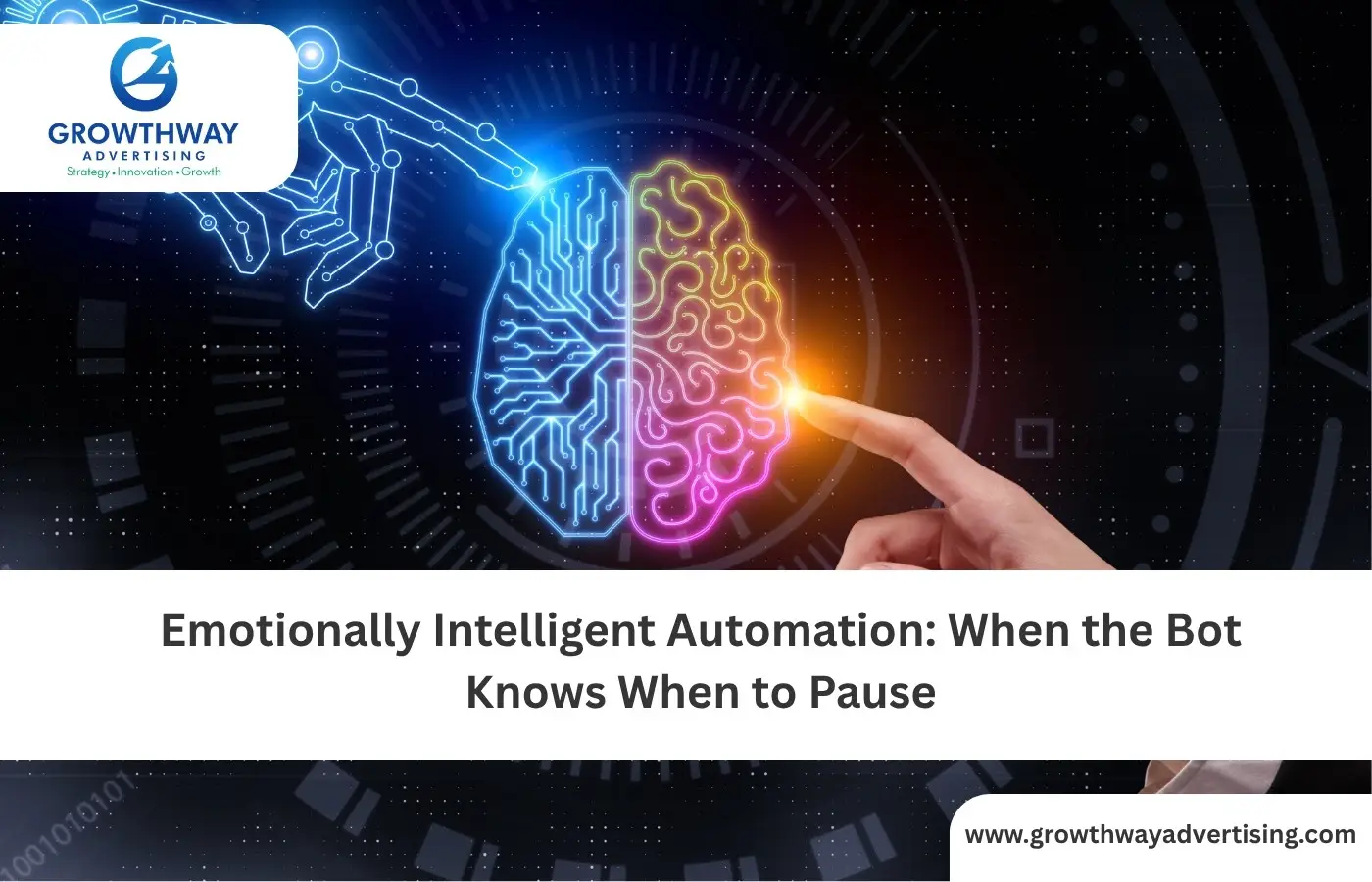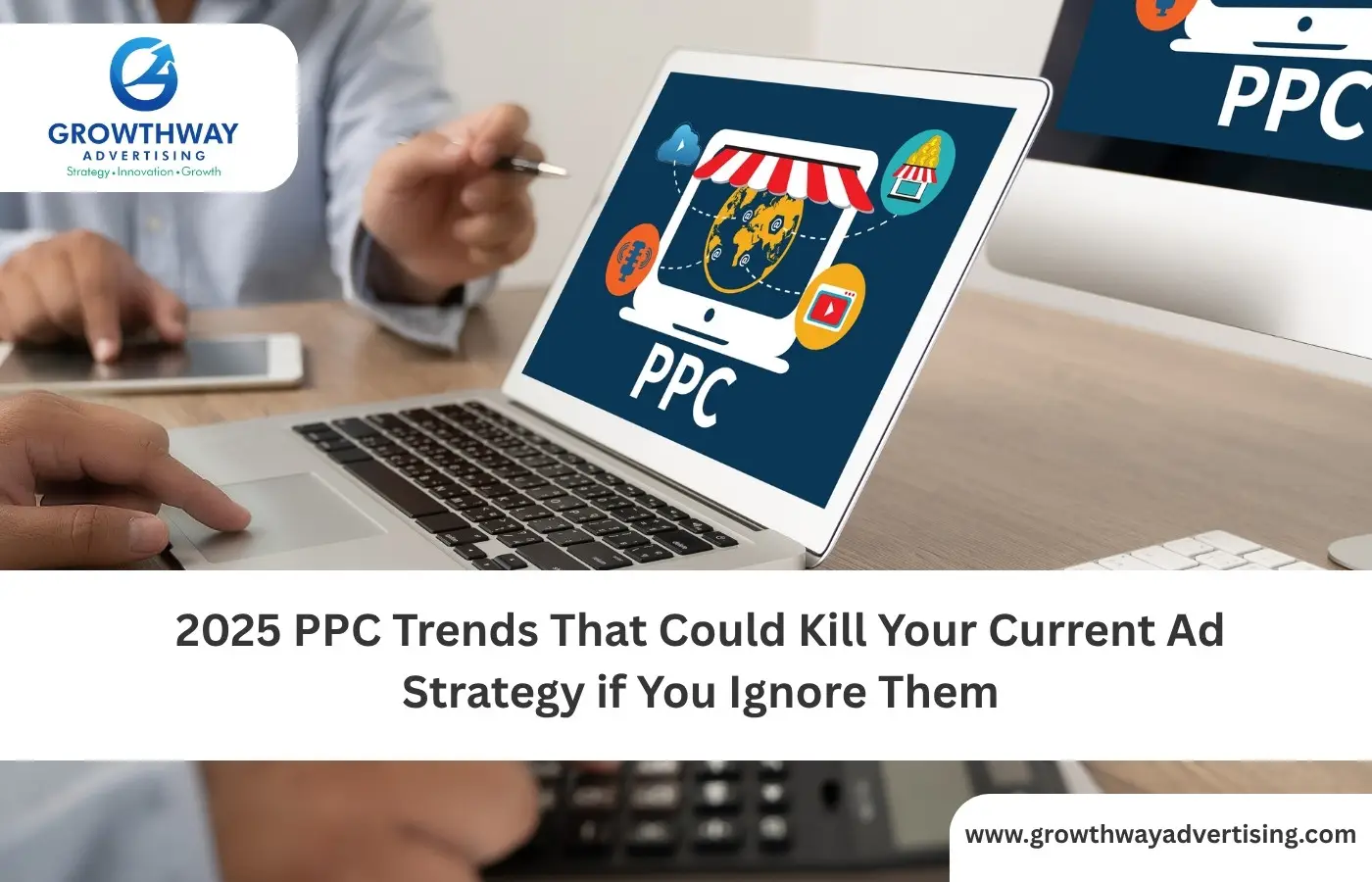It’s a digital marketer’s dream: you launch a new PPC campaign, and almost instantly your click-through rate (CTR) spikes. However, after a couple of days, you have no conversions to show or even worse, you have zero conversions. So why does this happen?
Great CTRs are awesome, but it is not the ultimate objective. When your ads are getting the wrong consumers or your tunnel breaks after the click, you are spending your budget in vain, however, the number of people clicking on your ad will not save you. Here you will have a breakdown of why PPC campaigns fail even with good CTRs and what to do about the leaks most advertisers do not focus on.
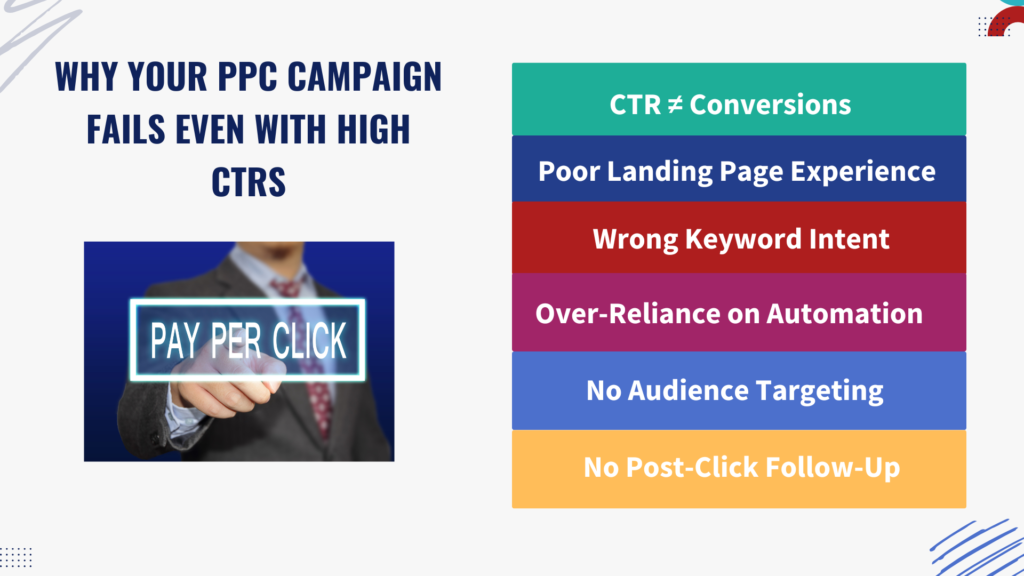
1. You’re Measuring the Wrong Success Metric
Conversion rate in itself is not the whole picture. A high CTR usually is a sign that your ad text is attractive, yet in no case, a sure sign that you are reaching the right audience and steering them to do something valuable.
Most ppc advertising firms fall into the pit of optimizing just on CTR. The point is that you need to concentrate on conversion rate (CVR) and cost per acquisition (CPA). Start by auditing your funnel from click to conversion:
- Are visitors landing on a relevant, fast-loading page?
- Is the CTA aligned with your ad promise?
- Are you tracking conversions properly through Google Ads or GA4?
High CTRs with poor conversions mean intent mismatch and that is one of the greatest leakages in terms of ppc marketing strategies today.
2. Weak Landing Page Relevance
When an individual clicks on your advertisement he or she anticipates a smooth encounter. They will move on; they will not stay if you do not provide their expectations as margined in your advertising.
The problem is a common one amongst firms which use an ppc agency to manage their traffic and fail to optimize the site itself. In the case of ppc services, the most competent ones cannot run results without conversion of your landing page. What you can do:
- Align headline copy with ad messaging.
- Focus on one goal per landing page.
- Eliminate distractions (multiple CTAs, unnecessary forms).
- Optimize for page speed, especially on mobile.
Using such tools as A/B testing, heatmaps, behavioral analytics, and etc., you may optimize your pages toward improved conversion rates.
3. Lack of Intent-Focused Keyword Targeting
CTR could be high because you’re bidding on generic or popular phrases. Yet if they don’t align with the commercial intent of your target clients., it results in unqualified traffic.
This is where ppc keyword research becomes crucial. Are you:
- Bidding on keywords with transactional intent?
- Using negative keywords to filter out irrelevant clicks?
- Targeting brand-related terms only, without exploring competitor gaps?
An ideal ppc campaign management plan involves segmentation of keywords by buyer stage and the rejection of low-performing search phrases that waste budget.
Use tools like Google’s Keyword Planner, SEMrush, or SpyFu to be more specific with your research and experiment with long-tail keywords for improved ROI.
4. Too Much Dependence on Automation Without Oversight
PPC Automation is a double edged sword. Although it saves time, blind trust in high-brow bidding methods such as Target CPA or Maximize Conversions can go wrong if not regulated.
Why?
- Algorithms optimize for volume, not necessarily for quality.
- Performance Max and RSAs often favor CTR over deep conversions.
- Your campaign might be over-spending on low-intent queries that look good on paper.
You still need human oversight to:
- Analyze actual query reports.
- Set strategic exclusions.
- Layer in audience filters and time-of-day bidding adjustments.
PPC advertising services need to combine automation with active strategy, not substitute for it.
5. Poor Audience Targeting or No Audience Layering
When you have a paid search marketing campaign without audience segmentation, you’re leaving cash on the table. Even optimum CTR won’t matter if you’re advertising to users who don’t want or need to buy.
Fix this by:
- Leveraging in-market, custom intent, and remarketing audiences.
- Excluding past converters or irrelevant segments.
- Using demographic targeting for age, gender, income.
Audience layering makes your ads go to the right people, minimizing waste and maximizing the profitability of your PPC campaign.
6. You Haven’t Defined a Proper Funnel Strategy
Most businesses take a one-size-fits-all approach to ppc marketing. They create a campaign hoping for instant sales, without crafting a complete funnel experience.
Instead, break down your ppc campaign strategy into 3 stages:
- Top of funnel (ToFu): Educational or problem-awareness ads with soft CTAs.
- Middle of funnel (MoFu): Lead gen, demos, or feature-focused.
- Bottom of funnel (BoFu): Strong buying intent retargeting, product pages, discounts.
Not all clicks will convert on the first visit. A full-funnel strategy means you’re building prospects, not advertising to cold traffic.
7. Misalignment Between Ad Copy and Offer
You may have a great CTR because your ad copy reads incredible but if it’s misleading or unrelated to what you’re actually offering, trust is broken.
Avoid:
- Vague language (“Best Service Ever!”)
- Overpromising discounts or offers
- Inconsistent messaging between ad and landing page
Instead, write ad copy from user pain points, not features. For instance:
“Inexpensive CRM Tool”
“Waste Less Time Managing Leads with a CRM Designed for Sales Teams”
That change brings in quality traffic users who are more likely to convert, rather than just click.
8. Not Leveraging Enough Data for Optimization
PPC campaigns usually fail when they are not utilizing the data in their reach. You may have good CTRs, but unless you’re looking at search term reports, device performance, geography, or time of day, you can’t optimize.
Quick wins:
- Exclude low-performing geos.
- Adjust bids based on device performance.
- Use ad scheduling to concentrate budget during peak hours
If you are using a pay per click advertising agency, have them demonstrate to you this level of data and what decisions are being made as a result.
9. Skipping Post-Click Nurture
Suppose a person clicks on your ad and opts for a lead magnet yay! But if they don’t hear from you after a week, that will fizzle out.
You need a post-click strategy:
- Thank you page optimization
- Instant follow-up emails
- Retargeting ads with value-driven messaging
- Sales outreach based on behavior triggers
When ppc marketing services only focus on clicks and ignore the post-click journey, they leave conversions on the table.
10. Inflexible Budget Allocation
High CTR campaigns often keep running unchecked simply because they look “successful.” But without real results, you’re burning a budget that could be better used elsewhere.
Instead of fixed monthly allocations, adopt flexible budget shifting based on:
- Cost per conversion
- Revenue per click
- Funnel stage performance
A smart ppc agency recognizes when to move budgets real-time, not only based on vanity metrics.
11. You’re Targeting the Wrong Platform
Sometimes, your target audience isn’t primarily on Google Search; they might be on YouTube, Display Network, or even social platforms.
Rethink your channel mix:
- For B2B SaaS: Consider LinkedIn Ads.
- For visual products: Use Google Shopping or Meta Ads.
- For tutorials: Run YouTube ads with clear CTAs.
A flexible ppc agency will diversify your media plan while focusing on cost-efficiency and intent alignment.
12. Your Offer Isn’t Competitive
Occasionally, even when using flawless ppc automation, ad copy, and landing pages, your offer simply isn’t that interesting. Ask yourself:
- Is your pricing competitive?
- Are you offering enough value?
- Do you have trust signals like reviews or testimonials?
You can’t out-advertise a bad offer. Improve your value proposition before you scale traffic further.
13. You’re Not Using Retargeting Properly
Retargeting is not a nicety, it’s a necessity. If 90% of your visitors are abandoning ship without converting, retargeting provides you with a second (and third) chance.
Options are:
- Retargeting page visitors with a discount.
- Using dynamic retargeting for product views.
- Retargeting based on time spent or scroll depth.
Use this with ppc automation to rotate creatives based on user behavior.
PPC campaign management success isn’t about a single metric like CTR. It’s about optimizing every part of the funnel, ensuring intent match, and continuously iterating based on real performance. High CTR is just a signal but conversions are the outcome you’re after.
If your ppc services aren’t delivering ROI, dig deeper than the clicks. The problem and the fix lies in the layers behind the scenes.
FAQ’s
A high click-through rate means users find your ad compelling, but if they aren’t converting, it often points to issues beyond the click like poor landing pages, mismatched messaging, or low purchase intent. Your PPC campaign needs to focus on conversions, not just clicks.
Yes, broad-match keywords may drive traffic with low intent, which inflates CTR but reduces conversions. Effective ppc keyword research should prioritize exact or phrase match terms aligned with buyer intent.
No. While PPC Automation tools are helpful for bid management and optimization, manual oversight is still essential.
Without proper audience targeting, even well-written ads can reach the wrong people. Top ppc advertising companies use layered targeting with demographics, interests, and behavior data to improve relevance and results.
Ad extensions like sitelinks and callouts increase visibility and improve CTR. They also offer more info to users before the click.



